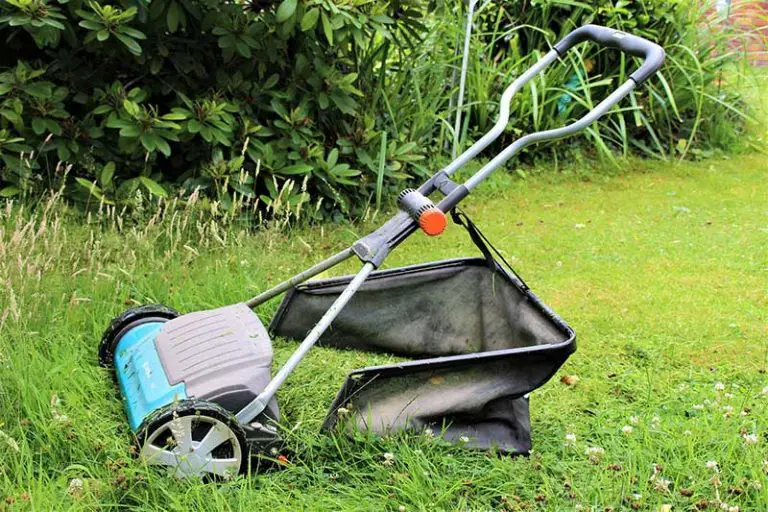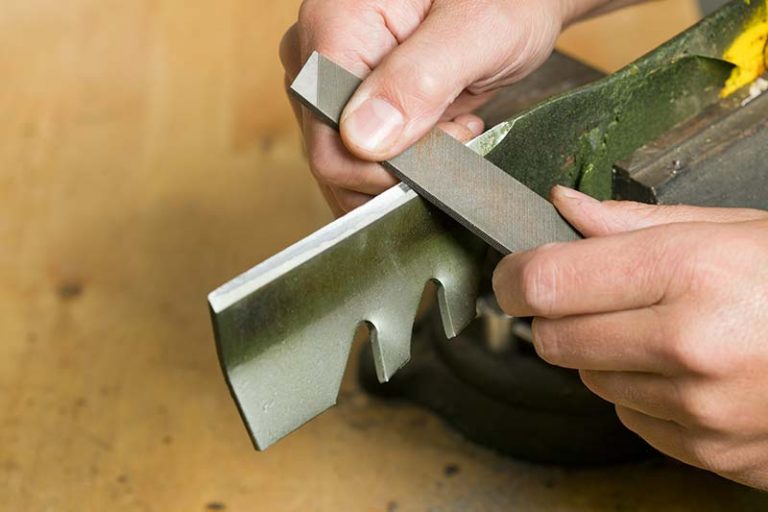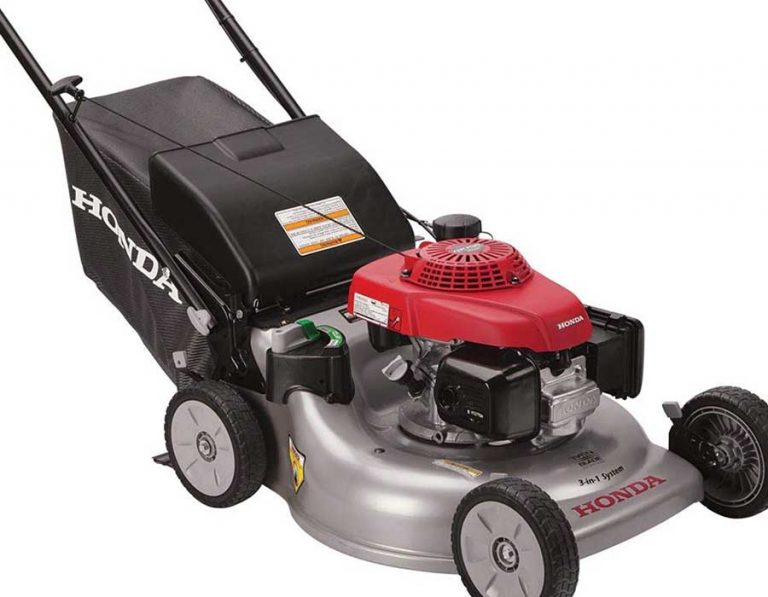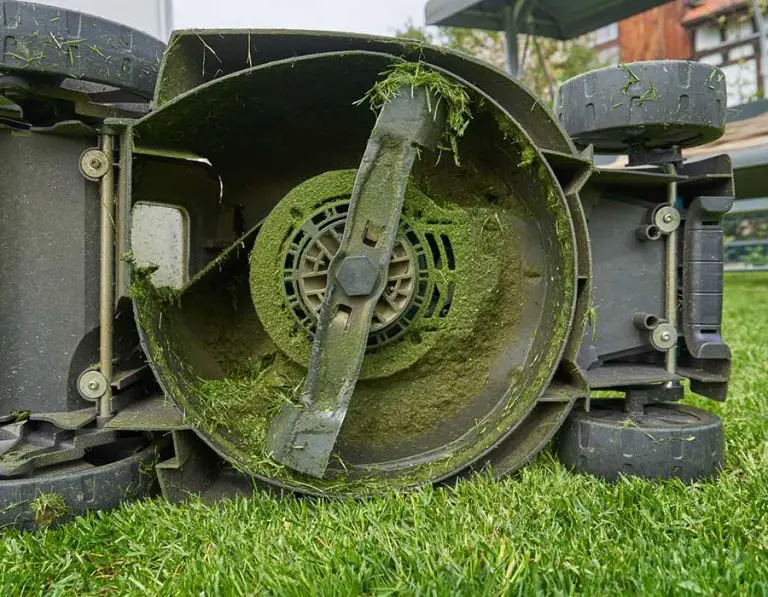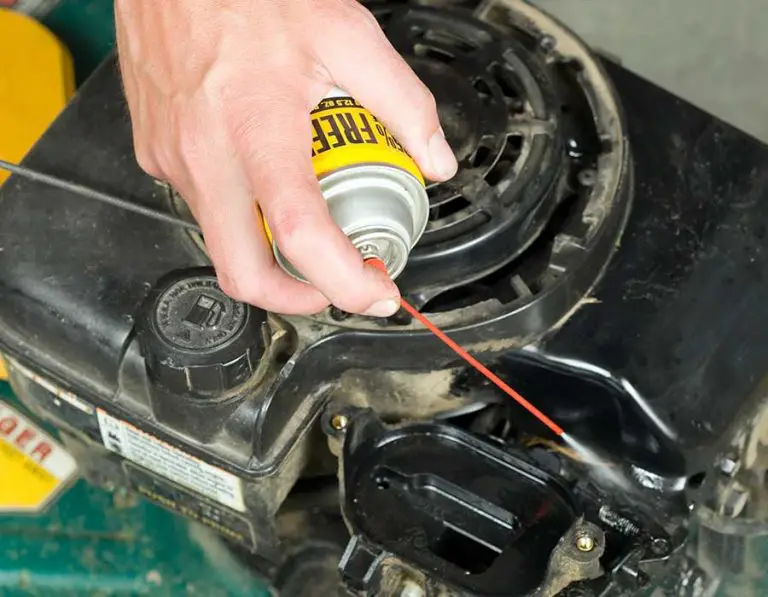Are Lawn Mower Decks Interchangeable?
The lawnmower deck is the widest part of the lawnmower that prevents debris and particles from flying out. It also houses the blades and protects the operator and the engine mower from the particles. There are different sizes of the lawnmower deck, but they are generally made of corrosion-resistant metal. Reasons for needing to change a lawn mower deck can vary from extreme rusting to cracks, metal bending, etc.
Yes, it is possible to swap your lawn mower deck. However, the issue lies with swapping the engine. Engines are interchangeable, but it requires paying extra attention to the crankshaft, ensuring that it fits the newly placed engine.
Types Of Lawn Mower Decks
There are two types of lawnmower decks, and you should be able to identify the type on your lawnmower as a reference when you want to swap it. The types of mower decks are;
- Stamped deck
- Fabricated deck
Stamped Deck
Like the name says, this type of deck is stamped onto the body with a piece of metal. Most homeowner lawnmowers use this kind of deck. It is simpler and does not require bolts or welding to hold it in place. The stamped deck uses lighter steel and is more affordable. It is easier to maneuver.
Fabricated Deck
This type of deck uses heavier steel, with components welded together to form the deck. It makes use of more than one piece of steel. Fabricated decks are not designed for home use. They are more expensive but very durable. They are best for heavy-duty mowing, agricultural work, and commercial mowers.
How To Determine What Deck Your Mower Has
There are different ways to know what type of deck you will be working with;
- Manufacturer’s manual: your manufacturer’s manual should indicate the type of deck that comes with the lawnmower in the parts section. If you still have the packaging from your purchase, you can check that.
- Thickness: it is also easy to tell by the thickness of the steel. A thinner, lighter material is a stamped deck, and a thicker heavy type is the fabricated deck.
- Bolts and welding spots: A fabricated deck has noticeable welding marks and bolts that hold the components together. A stamped deck is just a single sheet with no bolts or welding.
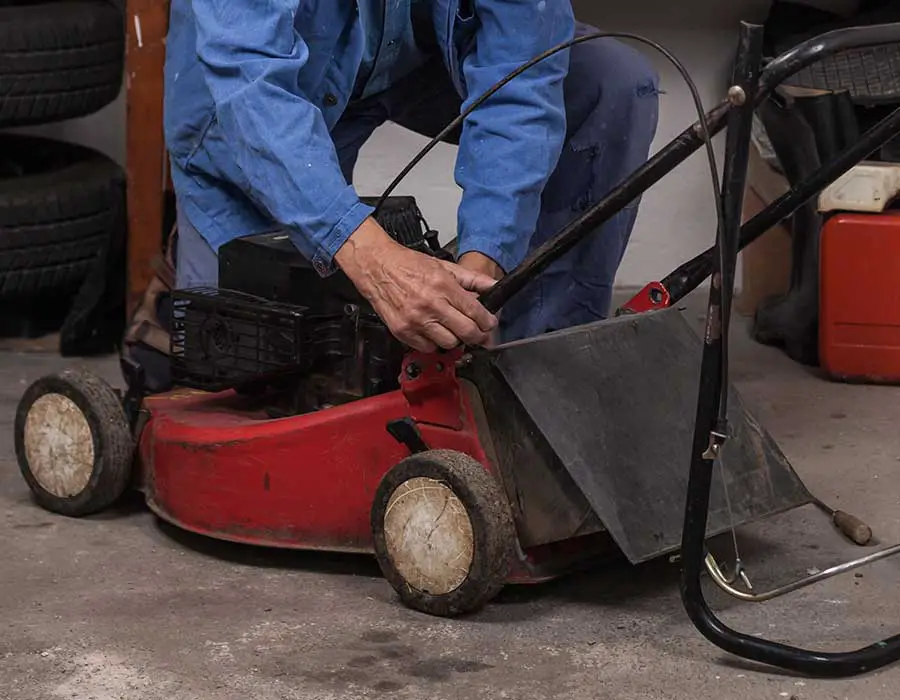
Lawn Mower Deck Sizes
The deck width is an essential measurement to keep in mind. It is also known as the cutting width, not the width of the mower itself. Ensure there is an allowance by the sides, the rollers, and the discharge chute. Most riding mowers have decks between 35 to 55 inches.
How To Swap A Lawn Mower Deck
The process of swapping your lawn mower deck is in two parts. First, removing the old deck and second, installing the new one.
Removing The Old Deck (Step By Step)
- Make sure the engine is off and has cooled for a bit before starting. Working on a running engine is dangerous, and so is working on a mower that was just turned off. A lot of heat would have been produced, which could burn you.
- Remove the ignition key and disconnect the spark plug
- Engage the parking brakes and disengage the power takeoff lever
- Place the deck height lever in the lowest position and remove the belt from the engine pulley.
- Remove the links and hanger clips from the sides of the mower
- Move the adjustment on the fender to the highest
- Slide-out the deck and disconnect the blade cable
How To Install The New Mower Deck
- Place the mower on a level ground with parking brakes still engaged
- Make sure the cutting height is set back to the lowest position
- Push the frame down and attach the catch
- Put the belt in place in the holder
- Properly align the deck and push it in. The guide plugs in front go into the frame, side by side. Place the deck in carefully to avoid trapping your fingers. Make sure the interior plugs touch the bottom of the frame groove.
- Correctly place the belt on the belt tensioner wheel and fit the belt properly around the drive wheel of the cutting unit.
- Hook the adjustment strut and secure the spring
- Fit the front cover of the lawnmower
How To Keep The Lawn Mower Deck Clean
After each mowing session, clean out the grass clippings stuck on the underside of the deck. If the grass clippings are left there too long, it can lead to rusting, deteriorating the deck.
The easiest way to clean it out is to run water on the underside with a garden hose and let water pressure do its job. This is recommended for lawnmowers with a washout port.
If your mower does not have a washout port, turn the mower to the side before hosing it. You should disconnect the spark plug and drain the fuel before doing this.
Also, use sandpaper to scrub off any rusting or hard clippings on the deck. Once the cleaning is done, spray some silicone lube on the underside of the deck to minimize future buildup and make the next cleaning easy.
FAQs
What type of lawn mower deck is better?
Each has its respective strength depending on the mower’s type, size, and purpose. A stamped deck is just right for you if you do not mow too often or mow about once a week on average. Stamped decks were designed for simple, home use hence the lightness and choice of metal.
On the other hand, Fabricated mowers are designed for industrial, farming, and commercial purposes. It can withstand rough terrains, large shoots of clippings, and air particles and is very durable. It is not the best type for home use due to the weight and builds.
Therefore, what determines the better type of deck for your mower is the purpose it serves.
Why does my lawnmower deck make noise?
Noise from the deck can result from a loose drive belt, friction between the bearings, damaged muffler, clogged up deck due to accumulation of grass clippings, and old oil.

